
Polyacrylic acid (PAA), a polymer used in everything from diapers to drug delivery systems, stands out for its exceptional water absorption and versatility. This introductory guide sheds light on the crucial aspects of Polyacrylic acid—from how it’s made and its distinct properties to its wide range of applications and handling protocols. Get ready to delve into the world of PAA and discover how it touches aspects of daily life and cutting-edge technology.
Key Takeaways
Polyacrylic acid (PAA) is created through radical polymerization and is soluble in water, alkali water, and select polar solvents, with applications across a vast array of scientific and industrial fields.
PAA’s properties can be tailored for different uses; its hydrophilicity allows for water absorption and retention, with its viscosity and swelling capacity being adjustable by controlling the polymer’s molecular weight. The polymer’s response varies with pH levels, influencing its behavior in applications such as drug delivery.
PAA and its derivatives are utilized in various commercial and medical applications, ranging from detergents and hygiene products to coatings for medical devices, hydrogels for controlled drug release, and scaffolds in tissue engineering, with continual research expanding its uses.

Understanding Polyacrylic acid (PAA)
Delving into the world of polymers, Polyacrylic acid (PAA) stands out for its unique chemical structure and versatility. With a backbone formed from the polymerization of acrylic acid monomers, PAA is a substance that resonates across a spectrum of scientific and industrial contexts. The remarkable journey of PAA begins with its synthesis, a process that transforms acrylic acid into the polymeric chains that define its substance and functionality.
Transforming acrylic acid into Polyacrylic acid is a feat of chemical engineering achieved through the process of radical polymerization. It’s a dance of molecules that involves:
Initiators like Potassium persulfate or Azobisisobutyronitrile, which kick-start the reaction
A cascade of propagation steps where monomers join hands to form the growing polymer chain
Termination, the final act, occurs when radicals pair up or transfer to another molecule, concluding the polymer’s formation.
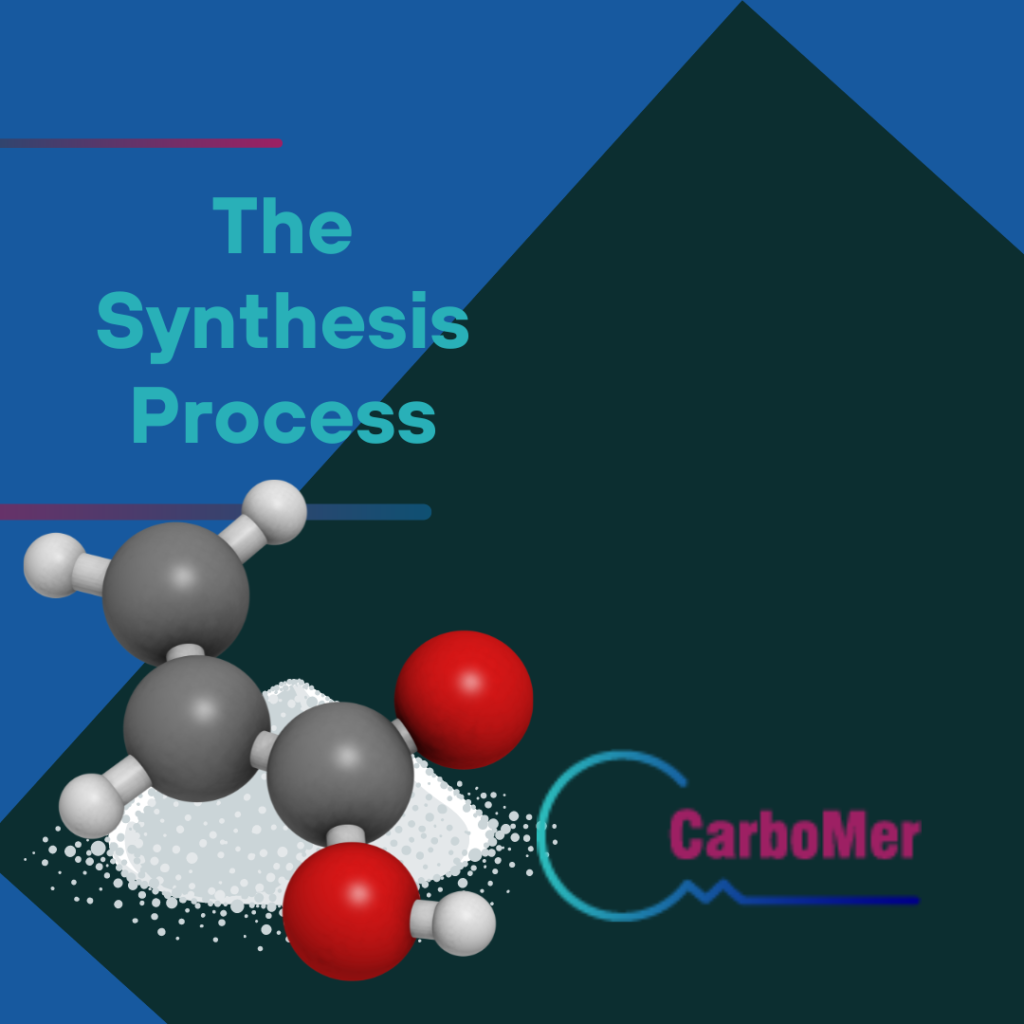
The Synthesis Process
The process of creating Polyacrylic acid is a meticulous one, characterized by initiation, propagation, and terminating reactions. Here is a breakdown of the process:
Initiators like Potassium persulfate break the calm, generating radicals that set the stage for a chain reaction.
As the dance of propagation ensues, a monomer latches onto a radical, becoming a radical itself, eager to react with more monomers, thus extending the polymer chain in a continuous rhythm.
This process persists until the dramatic finale of termination, where two radicals recombine or are quenched by another molecule, bringing the polymer chain to a definitive end.

Physical Form and Solubility
Polyacrylic acid often greets us as a white, fluffy powder, a form both simple and deceiving in its suggestion of purity and innocence. But when dissolved, it reveals its true nature—soluble in water, alkali water, and a select group of polar solvents, PAA becomes a versatile player in aqueous applications.
While hydrophobic solvents like Benzene leave it untouched, alcohols and solvents like Formamide and Dimethylformamide welcome it into solution, a testament to its adaptive solubility.
*PAA Properties and Activity Mechanisms *
At the heart of PAA’s functionality lies its hydrophilicity, a characteristic that enables it to absorb and retain water, thanks to an abundance of carboxylic acid groups. This hydrophilic nature is not just a passive trait; it is dynamic, changing with the pH of the environment. When wholly deprotonated, PAA transforms into wholly deprotonated PAAs, swelling as it takes up water, a property that is foundational to many of its uses. The water it attracts also contributes to its viscosity, a key factor for its broad range of applications.
The viscosity and swelling capacity of PAA are not constants but variables that can be fine-tuned. By manipulating the polymer’s molecular weight, one can dictate its viscosity and ability to swell, which are pivotal for its performance in various roles. When exposed to different pH levels, PAA exhibits a chameleon-like adaptability, with its swelling capacity and drug release rates influenced by the acidity or alkalinity of its surroundings. In the higher pH realms, PAA-based hydrogels become more generous with their drug delivery, releasing their medicinal cargo at a quicker pace.
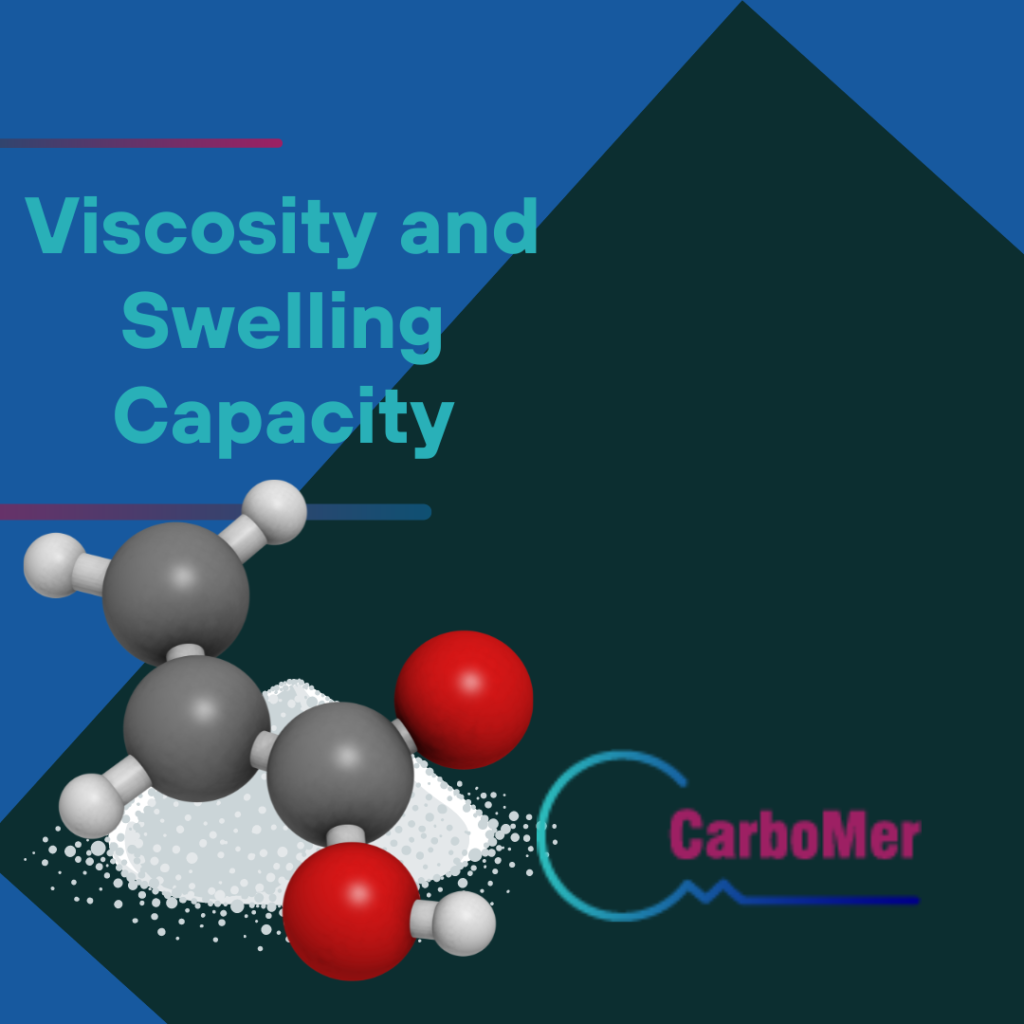
Viscosity and Swelling Capacity
The characteristics of PAA can be tailored to specific needs. By adjusting the molecular weight through the addition of chain transfer agents, one can control the viscosity and swelling capacity of the polymer. At a molecular weight below 16.5 kilo Daltons, PAA maintains an extended conformation regardless of the pH, while higher molecular weights induce a coil-to-globule transition that is pH-responsive, adding another layer of functionality to this versatile polymer.
The intrinsic viscosity, a critical property, is influenced by inorganic salts and acids, with divalent cations like Calcium having a more pronounced effect due to their strong electrostatic interactions.
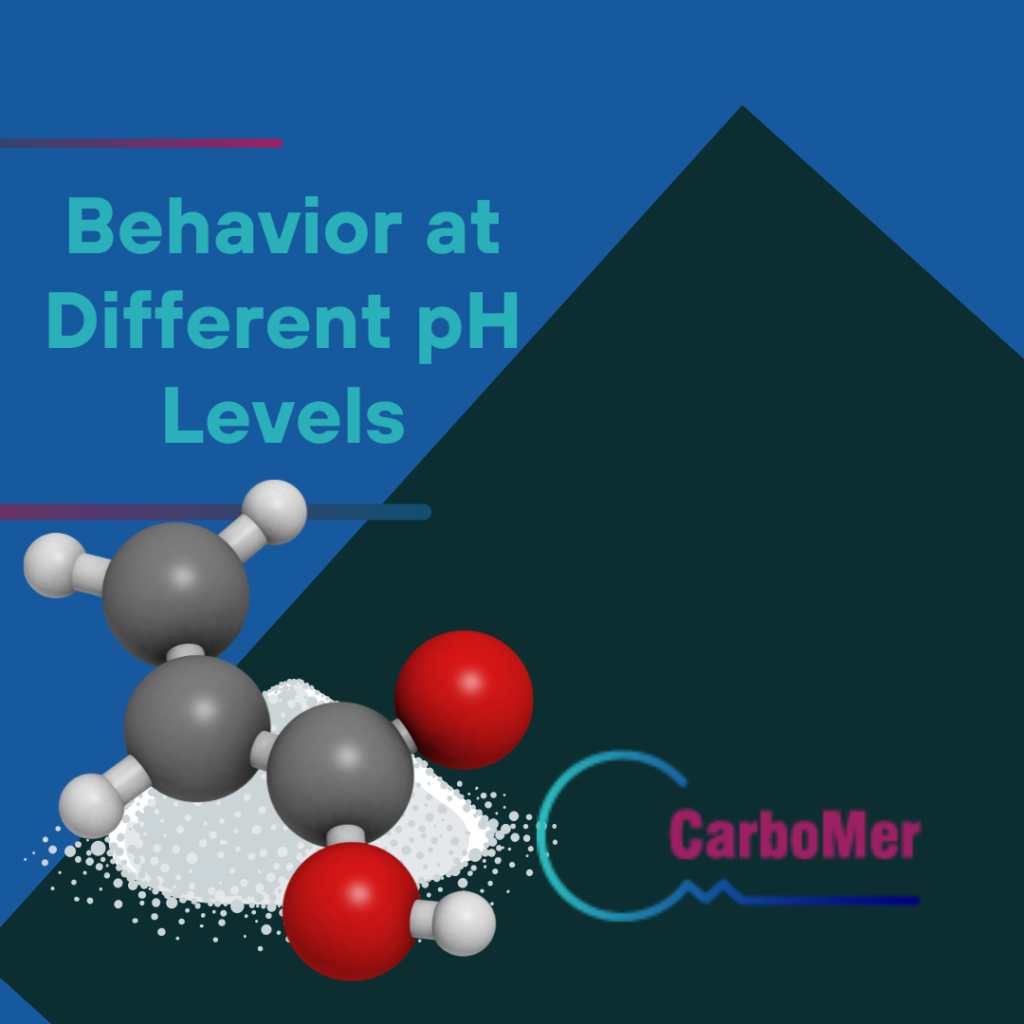
Behavior at Different pH Levels
PAA’s interaction with the environment is exemplified by its behavior at different pH levels. The acidic or alkaline conditions dictate its swelling capacity, a feature crucial for applications such as drug delivery.
At neutral pH, PAA’s conformation is less expanded, but as the pH increases, its structure swells, accelerating drug release from cross-linked PAA hydrogels—a behavior that can be harnessed to optimize therapeutic outcomes.
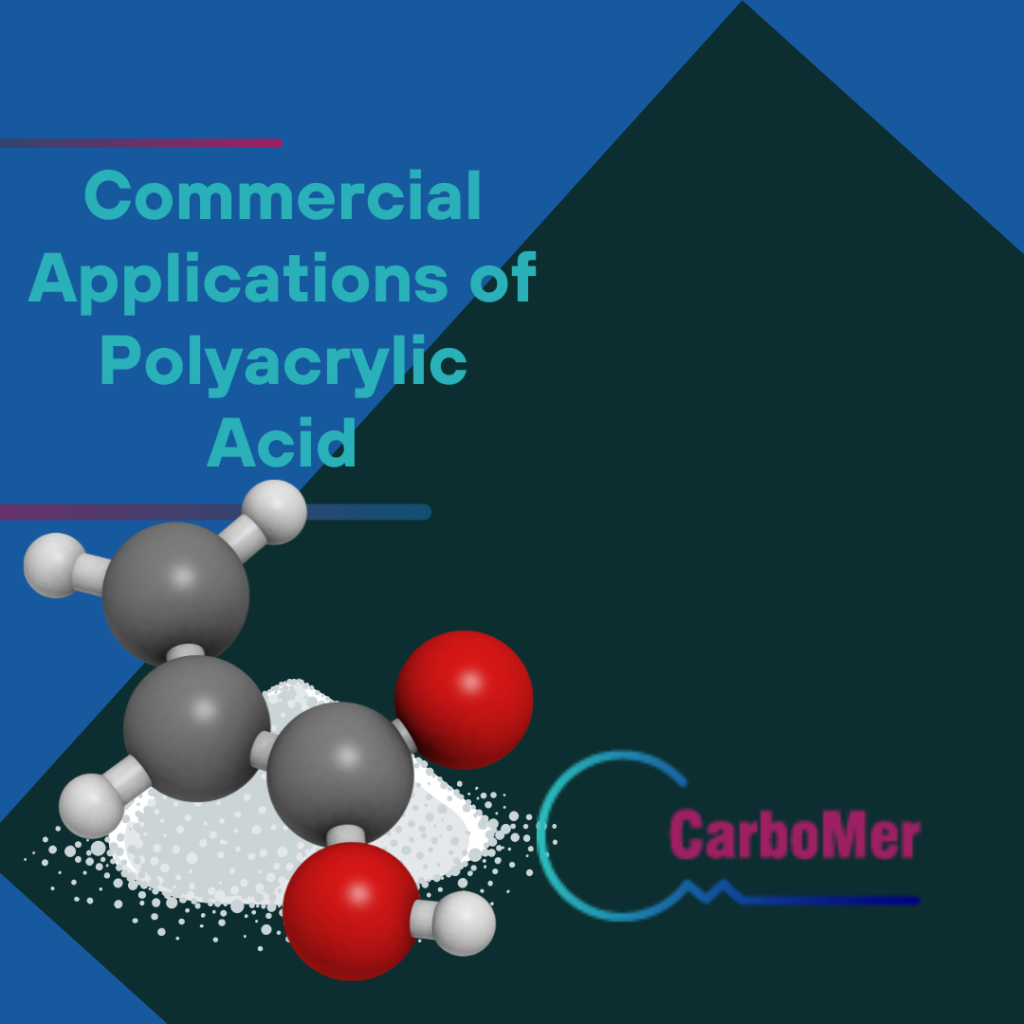
Commercial Applications of Polyacrylic Acid
Polyacrylic Acid’s versatility extends far beyond the laboratory; it is a staple in many commercial products and industrial processes. Some of its applications include:
Formulation of detergents, where it acts as a powerful dispersant
Manufacture of paints and cosmetics, often in the form of alkali metal or ammonium salts, such as Sodium polyacrylate
Production of acrylic esters and resins, which find widespread use in adhesives and coatings
In the industrial arena, PAA is a heavyweight, playing a critical role in various applications such as:
Oil treatment
Detergent intermediates
Water treatment chemicals
Tackifier and flocculant in the manufacturing of plastics
Production of water-soluble resins and salts
Its versatility doesn’t stop there; PAA has many applications in a wide range of uses across different industries, as well as other applications that continue to emerge.
Even in the decorative arts, PAA makes its mark, used in molding powders for signs, construction units, and emblems, as well as in the coatings industry, where it is foundational to polymer solutions for paint, leather finishings, paper coatings, polishes, and adhesive products.
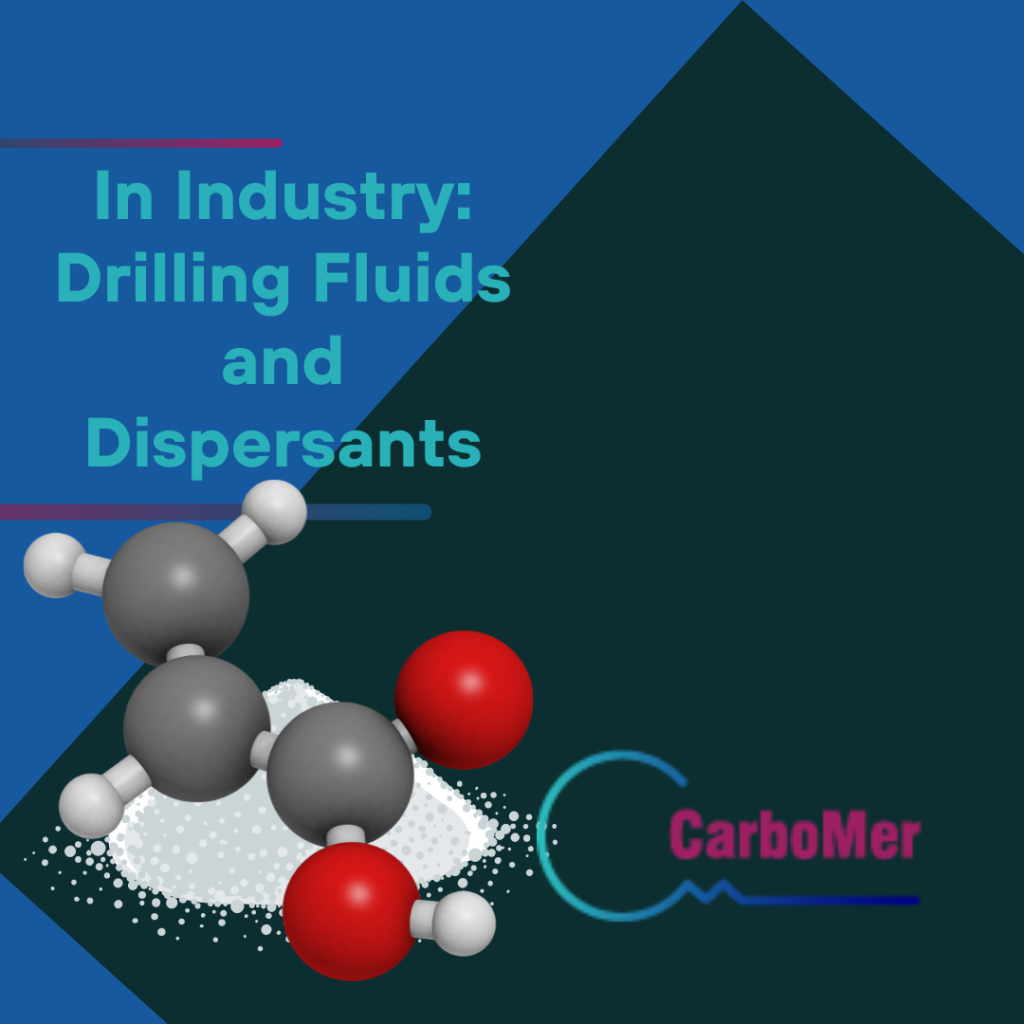
In Industry: Drilling Fluids and Dispersants
The industrial prowess of PAA is particularly evident in drilling fluids and dispersants. Its salts, derived from reactions with compounds like alkanolamine, ensure that filtration rates and viscosities are regulated, and permeability in producing formations is preserved or enhanced. These dispersants are resilient, maintaining their efficacy in the punishing environments of deep formation drilling, where temperatures can soar above 350°F. The stability of these systems is further reinforced by the presence of neutralized salts of PAA, which prevent high temperatures and high solids from compromising performance.
When it comes to water-based clay drilling fluids, PAA salts control water loss, which is crucial for the efficiency and safety of drilling operations.
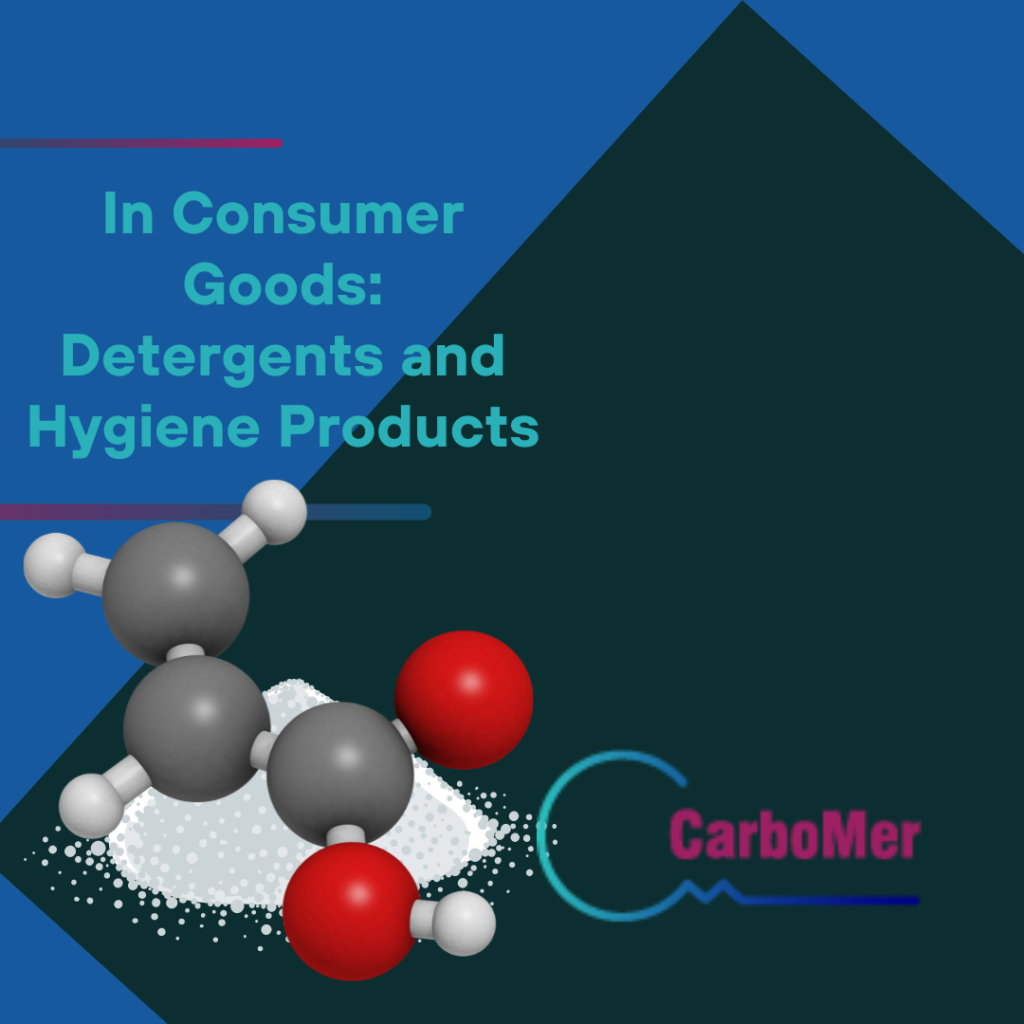
In Consumer Goods: Detergents and Hygiene Products
In the realm of consumer goods, PAA’s super absorbent properties are harnessed in products like disposable diapers and ice packs. Sodium polyacrylate, a derivative of PAA, can soak up an astonishing 100 to 1000 times its mass in water, making it indispensable in products that demand high absorbency. This same material acts as a chelating agent in detergents, binding with substances in the water to boost the cleaning power of surfactants.
Moreover, the combination of PAA with other polymers, such as Poly(vinyl alcohol), results in super-absorbent nanofibers that not only elevate water absorption rates but also provide structural stability, enhancing the functionality and reliability of hygiene products.
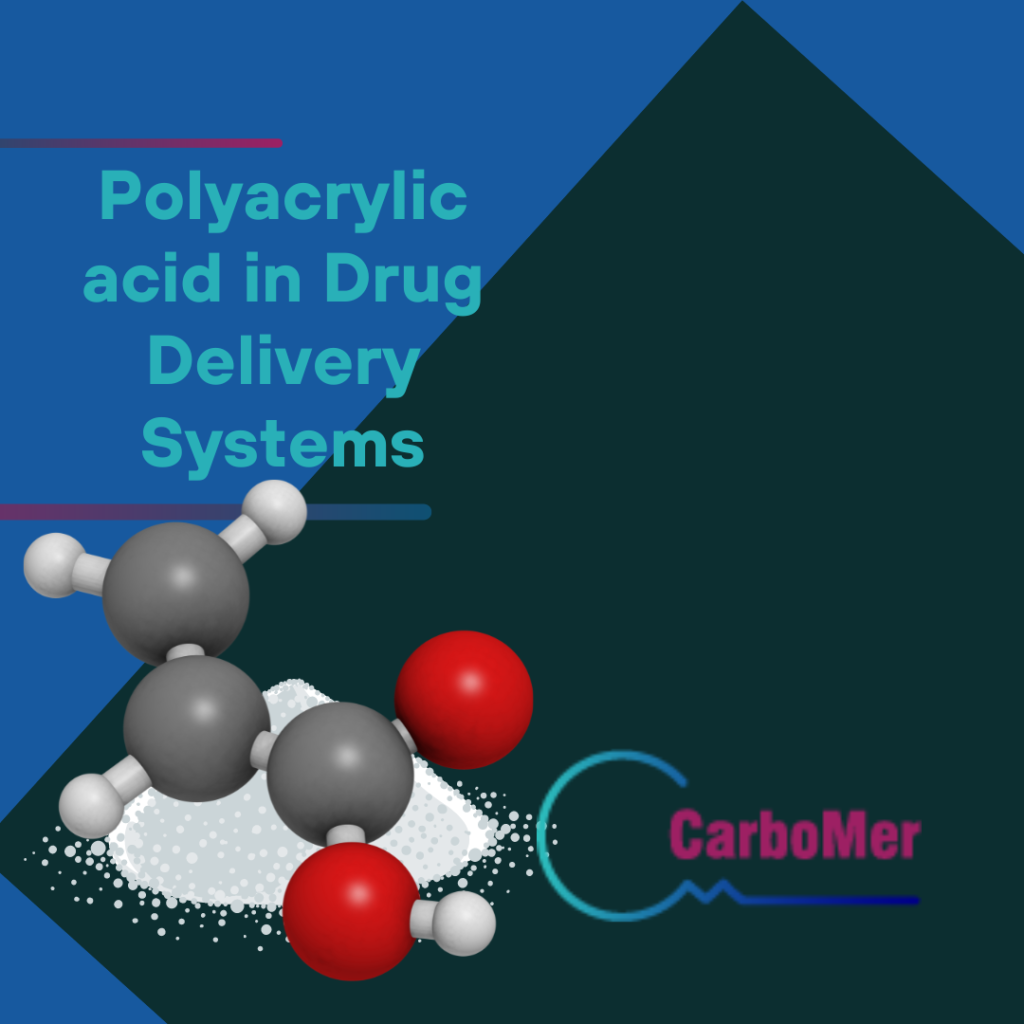
Polyacrylic acid in Drug Delivery Systems
The medical field has embraced PAA for its non-toxic, biodegradable, and biocompatible nature, making it a cornerstone of modern drug delivery systems. Some key applications of PAA in the medical field include:
Cross-linked derivatives of PAA, known as Carbopols (or Carbomers), are used in controlled drug delivery roles due to their ability to absorb water and swell, releasing drugs at a measured pace.
PAA-based nanoparticles are used as drug carriers, particularly for applications in tissue repair and regeneration, due to their stability and biocompatibility.
PAA nanoconjugates are responsive to environmental stimuli, making them ideal for controlled release mechanisms in drug delivery and biomedical applications.
The versatility of PAA in drug delivery extends to various administration methods, including:
oral
transdermal
topical
buccal
nasal
ocular
Each method is tailored to match the specific physicochemical requirements of the drug and the delivery method. Chemical modifications of PAA nano-derivatives enhance their properties, opening doors to advanced applications such as nano vaccines and nano drugs, particularly in the realm of tissue engineering.
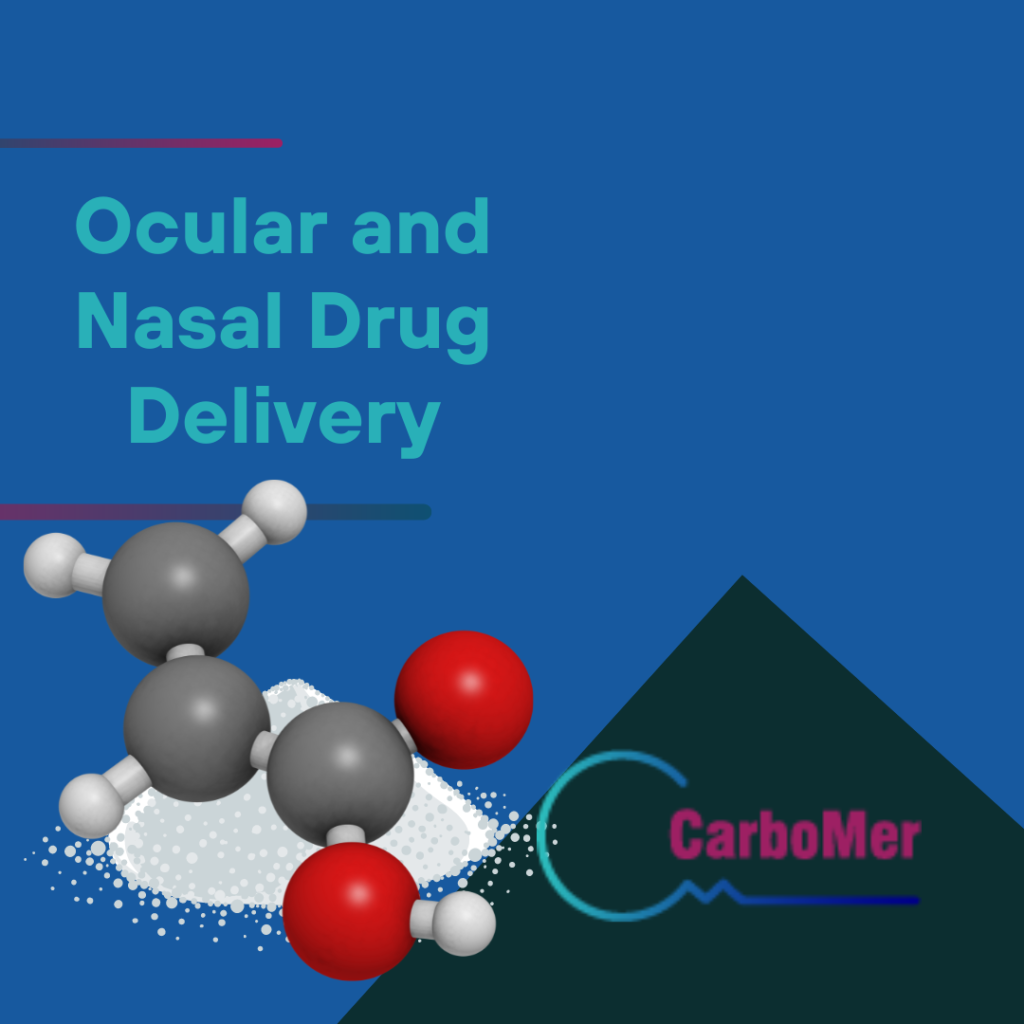
Ocular and Nasal Drug Delivery
PAA’s mucoadhesive properties and the ability to increase viscosity make it a prime candidate for ocular and nasal drug delivery. Its effectiveness in ophthalmic drug delivery systems is evident in treating conditions like dry eye syndrome, where it ensures medication adheres to the ocular surface for extended periods. The hydrogen bonds between PAA’s carboxylic groups and mucin contribute to this increased viscosity, crucial for enhancing medication retention and efficacy in ocular applications. PAA’s formulation into hydrogels provides a controlled release through inserts, maintaining a sustained drug concentration and offering alternatives to traditional eye drops.
In nasal drug delivery, Carbomers, which are PAA polymers, facilitate the systemic absorption of medications, showcasing the polymer’s adaptability in various routes of administration.
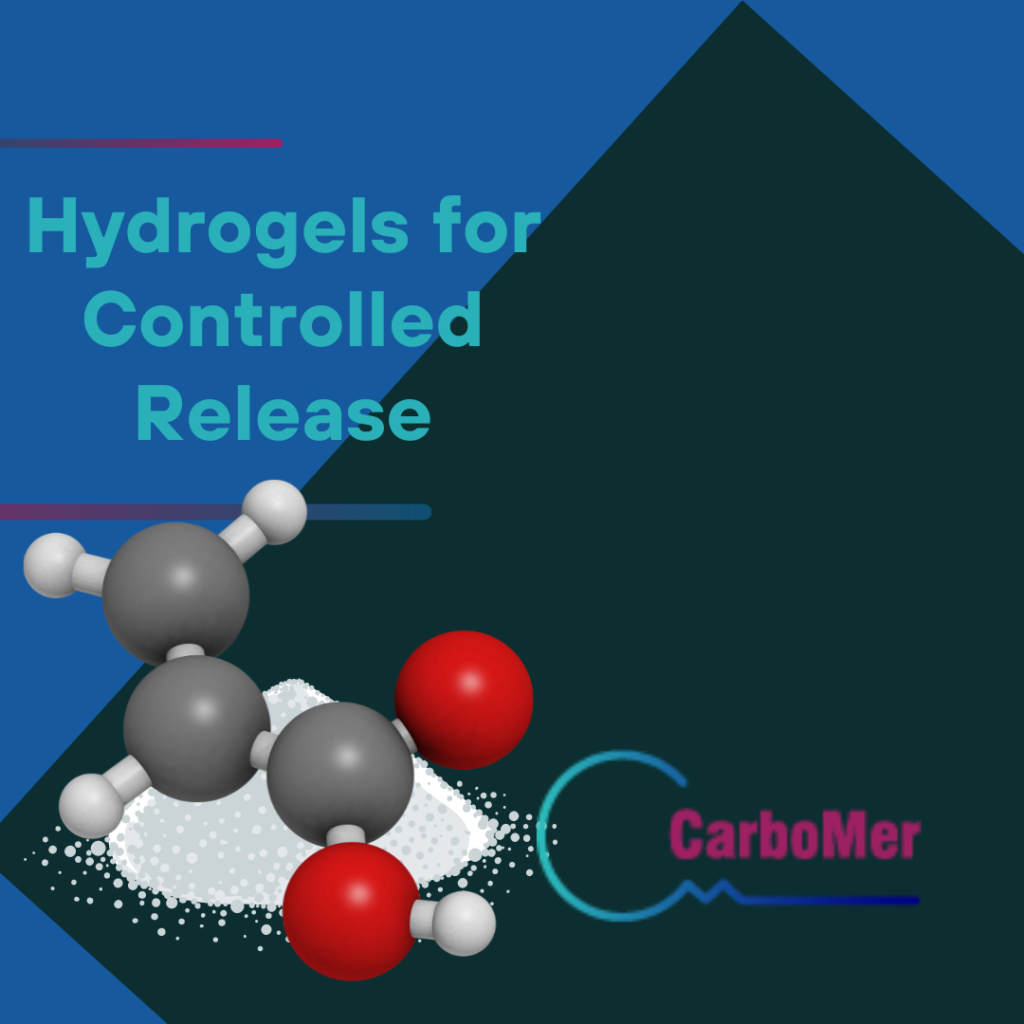
Hydrogels for Controlled Release
Hydrogels derived from PAA are engineered marvels designed for controlled drug release. These hydrogels, created using cross-linking techniques, form structures that are not only targeted in their drug delivery but also capable of sustaining release over time. The degree of crosslinking and the pH during polymerization affect the molecular weight between crosslinks and the equilibrium swelling, both of which influence the drug release profile.
By employing scanning electron microscopy, the intricate cross-linked structure of PAA hydrogels can be visualized, revealing the mechanisms of drug diffusion and relaxation processes. These hydrogels are increasingly being used as smart injectable systems for drug and gene delivery, leveraging the polymer’s biocompatibility and precisely defined architecture.

Polyacrylic acid in Biomedical Engineering
The potential of PAA in the field of biomedical engineering is being vigorously researched, especially in the areas of tissue engineering and regeneration. PAA hydrogels have been developed for medical use, demonstrating their promise as antibacterial wound dressings and tools for tissue repair. These hydrogels include Zinc oxide nanoparticles that endow them with antibacterial, anti-inflammatory, and pro-regenerative properties, enhancing their suitability for repairing damaged tissues. PAA aids in essential wound healing processes such as epithelialization and collagen deposition, while also promoting rapid wound contraction and structural restoration with sebaceous glands and hair follicles. Its high biocompatibility is essential for tissue engineering, suggesting its potential in creating biocompatible matrices suitable for various medical applications.
PAA’s applications extend to enhancing the biocompatibility of medical devices. Some specific applications include:
Coatings of PAA on Titanium-based implants improve their integration with biological systems and provide effective anti-corrosion barriers.
Annealing treatment of these coatings further refines their uniformity, porosity, and anti-corrosion performance, which is beneficial for orthopedic implants.
The surface carboxylic groups of PAA coatings can be used to graft bioactive molecules onto Titanium implants, reducing ion release into surrounding tissues and enhancing biocompatibility.
These coatings have been chemically characterized, revealing their potential for grafting biological molecules onto the implant surface to promote positive interactions with biological systems.

Tissue Engineering and Regeneration
In the realm of tissue engineering, PAA hydrogels serve as scaffolds for tissue repair and regeneration. Infused with Zinc oxide nanoparticles, these hydrogels exhibit antibacterial and anti-inflammatory properties, creating an environment conducive to healing and tissue growth. The presence of PAA in wound dressings accelerates essential healing processes, such as epithelialization and collagen deposition, contributing to the rapid contraction of wounds and the restoration of structural features like sebaceous glands and hair follicles.
The high biocompatibility of PAA underscores its potential in tissue engineering, positioning it as a valuable asset in the development of biocompatible matrices for medical applications.
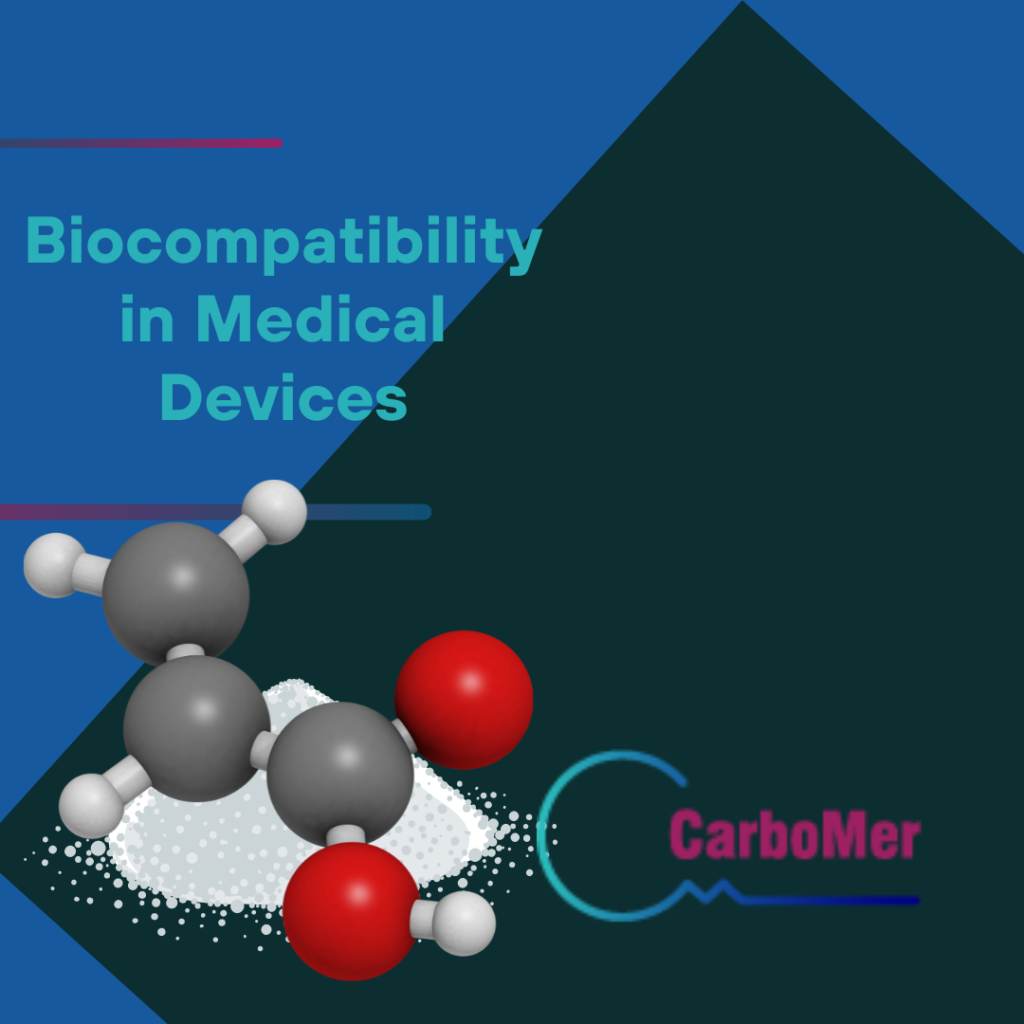
Biocompatibility in Medical Devices
Polyacrylic acid coatings are revolutionizing the interface between medical devices and the human body. When electrodeposited on Titanium-based implants, PAA enhances biocompatibility and forms an anti-corrosion barrier, critical for the longevity and safety of implants. An annealing treatment improves the coatings’ properties, increasing their uniformity and anti-corrosion performance—a boon for orthopedic implants exposed to the stresses of the human body.
Moreover, the ability to graft bioactive molecules onto PAA coatings holds promise for improving the interaction between the implant and biological systems, fostering an environment more conducive to healing and integration.
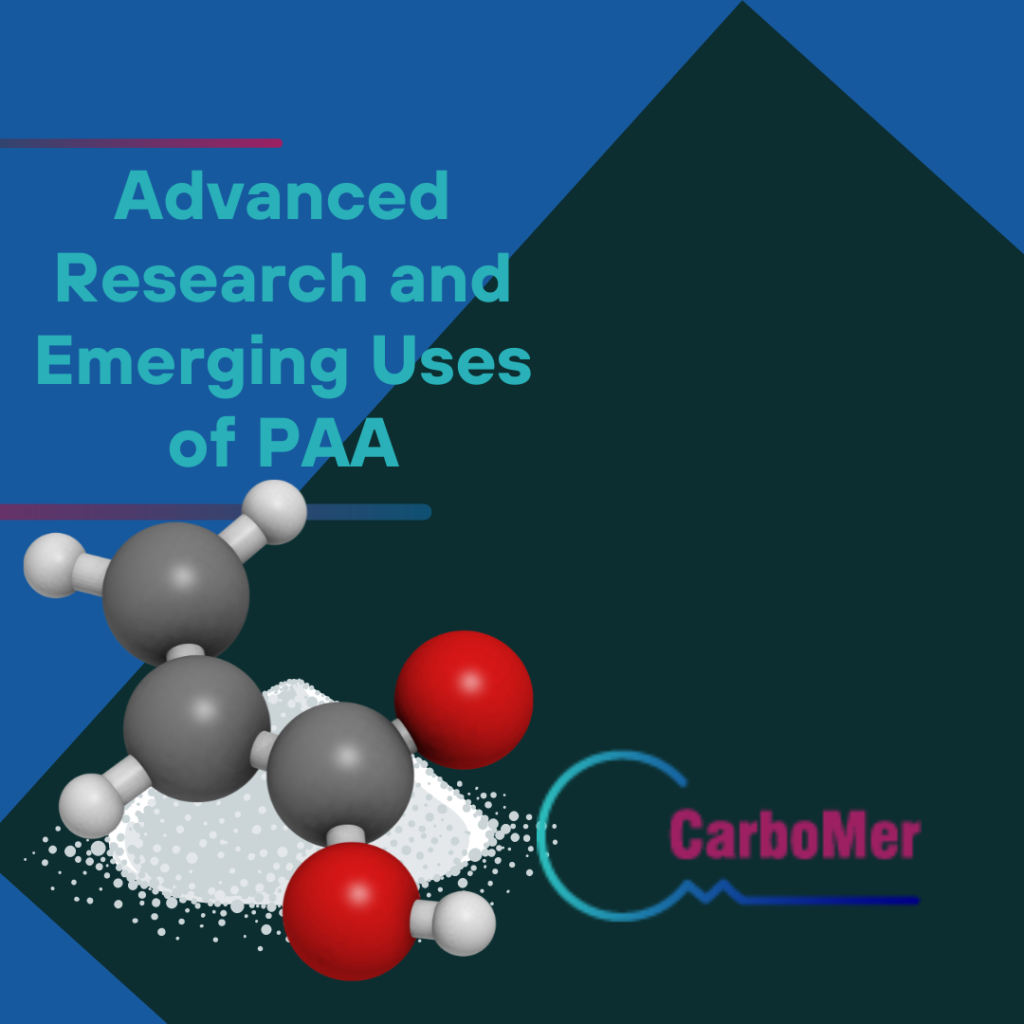
Advanced Research and Emerging Uses of PAA
The versatility of Polyacrylic acid is not confined to current applications; it is a polymer with a future as bright as its past is prolific. Researchers are exploring its potential in advanced drug delivery, including oral, transdermal, topical, buccal, nasal, and ocular methods, optimizing the delivery mechanism to match the unique physicochemical requirements of each route. Beyond medicine, PAA’s potential is being harnessed in environmental sectors, such as water purification, where Sodium polyacrylate, a PAA derivative, is being investigated for its ability to remove metal ions effectively and safely.
In the context of wound healing, PAA is pushing the boundaries of medical treatments. A Polyacrylic acid/Polyvinylpyrrolidone (PVP) hydrogel containing Zinc oxide nanoparticles is one such breakthrough, developed for antibacterial wound dressing applications and showing significant efficacy in promoting wound healing.
Furthermore, PAA is finding its way into metal quenching processes, providing a new method to harden metals while minimizing quenching strain and soft spots, showcasing the polymer’s adaptability and utility across diverse sectors.
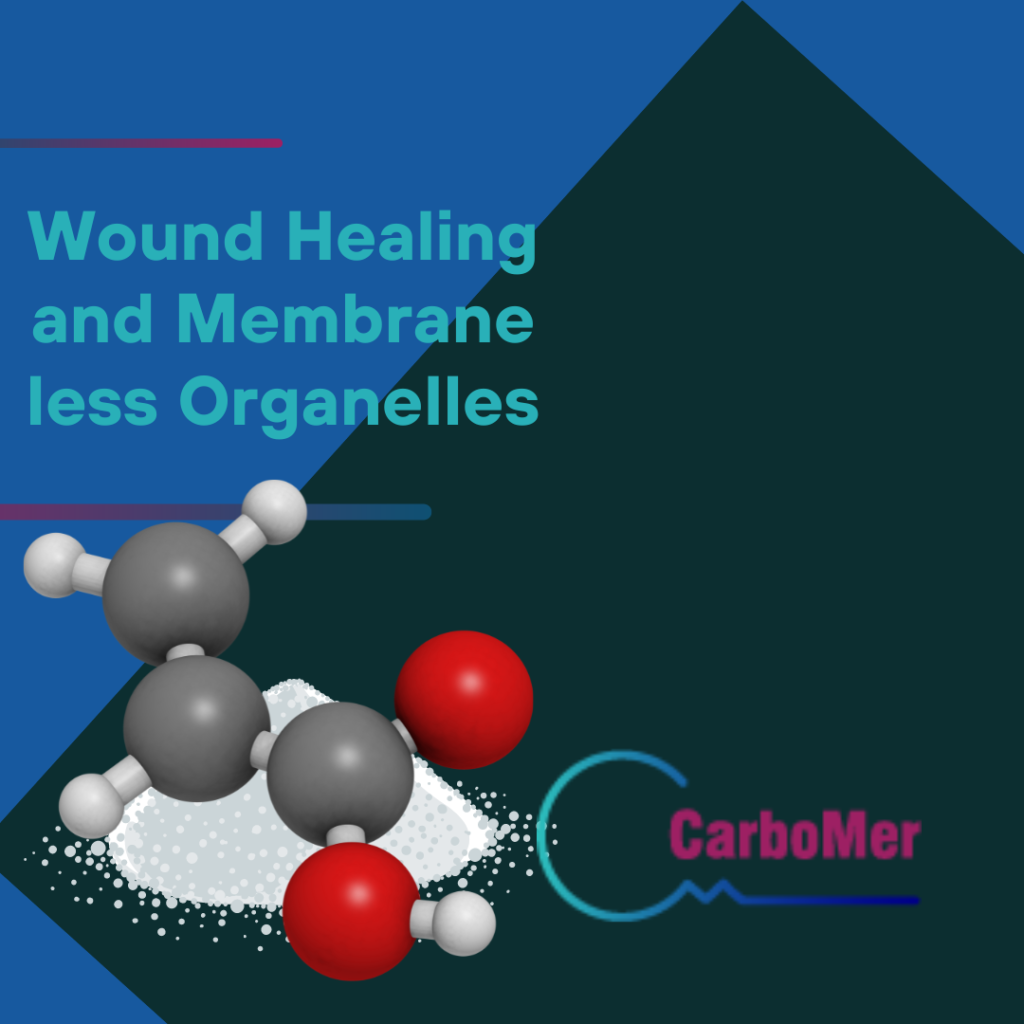
Wound Healing and Membrane less Organelles
The innovative PAA-PVP-ZnO hydrogel is a testament to the power of combining polymers with nanoparticles to enhance healing. Developed through free radical polymerization, this hydrogel has demonstrated its prowess in wound healing, outperforming controls in wound contraction and exhibiting strong antibacterial effects, thereby promoting faster and more effective healing processes.
The Zinc oxide nanoparticles within the hydrogel play a vital role by providing the necessary antibacterial, anti-inflammatory, and pro-regenerative properties that aid in the healing of wounds.

Metal Quenching Processes
Polyacrylic acid (PAA) has various industrial applications, including in the process of metal quenching. Here are some benefits of using PAA in metal quenching:
PAA is used to harden metals like carbon steel and alloy steel.
PAA and its salts create a quenching medium that not only hardens the metal but also prevents quenching strain and soft spots.
PAA solutions can be tailored to achieve various hardness levels, offering versatility to the quenching process.
PAA solutions are environmentally friendly, emitting no harmful gases and allowing for safe disposal post-use.
Using PAA in metal quenching can result in a more uniform and reliable end product, while also being safe for the environment.
This method envelops the metal, moderating the cooling velocity and minimizing the incidence of strain and cracks, a critical consideration in manufacturing components like automobile parts where uniformity and structural integrity are paramount.
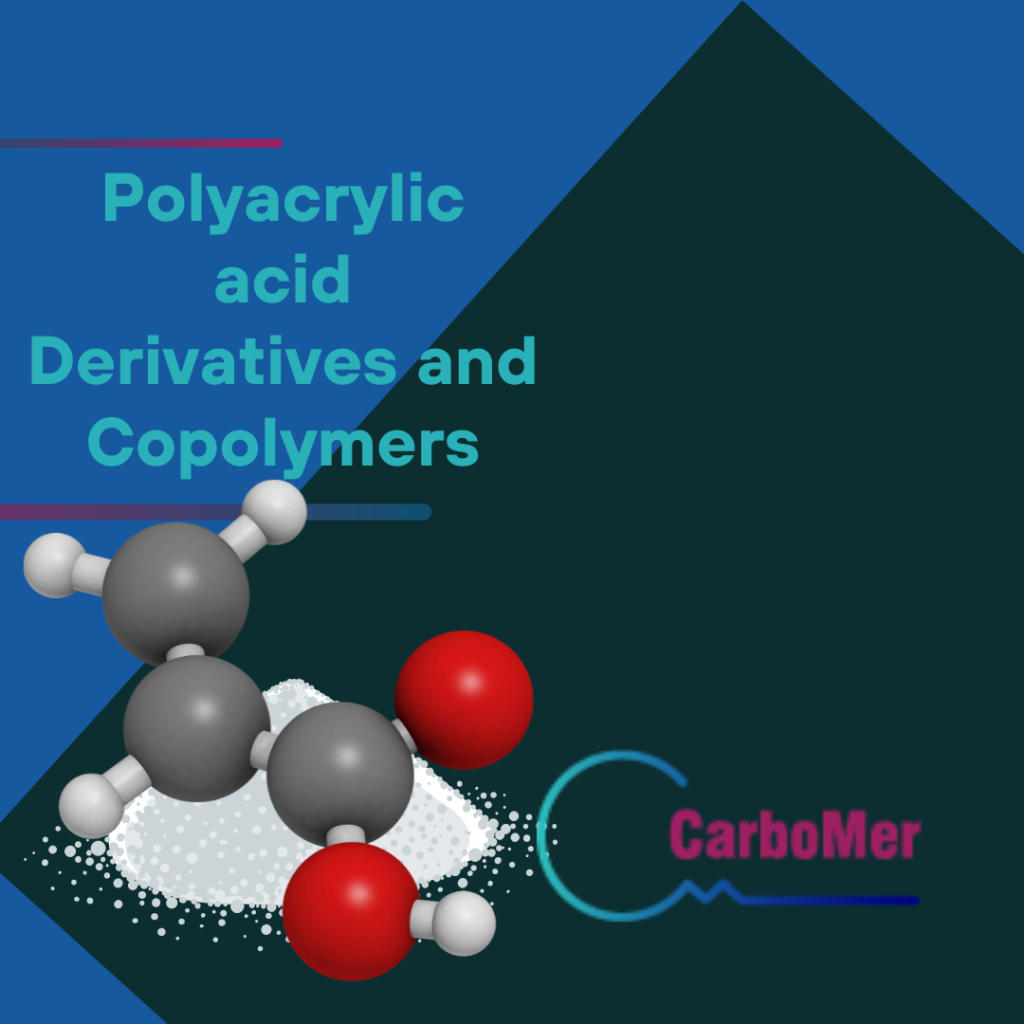
Polyacrylic acid Derivatives and Copolymers
Polyacrylic acid’s derivatives and copolymers expand its range of properties and applications, offering enhanced mechanical stability and heat resistance. Acrylic acid, as a monomer, paves the way for a plethora of acrylic polymers, including:
Polyacrylic and Polymethacrylic acids, each with its distinct advantages
Sodium polyacrylate, a highly absorbent derivative, which has found use in applications that range from moisture retention in horticulture to absorbent materials in surgical settings
copolymers of PAA, such as those with Methyl methacrylate, which exhibit improved properties that include enhanced mechanical stability and heat resistance
cross linked polyacrylates, providing additional strength and durability for various applications
These examples demonstrate the material’s adaptability and the potential for innovation.
Copolymers of PAA can be synthesized using various methods, resulting in materials with tailored characteristics such as mechanical strength and thermal stability. These copolymers can interact with cationic polymers, proteins, or metal ions, forming films and composites that enhance material characteristics, proving the potential of PAA to be more than just a polymer, but a building block for advanced materials.
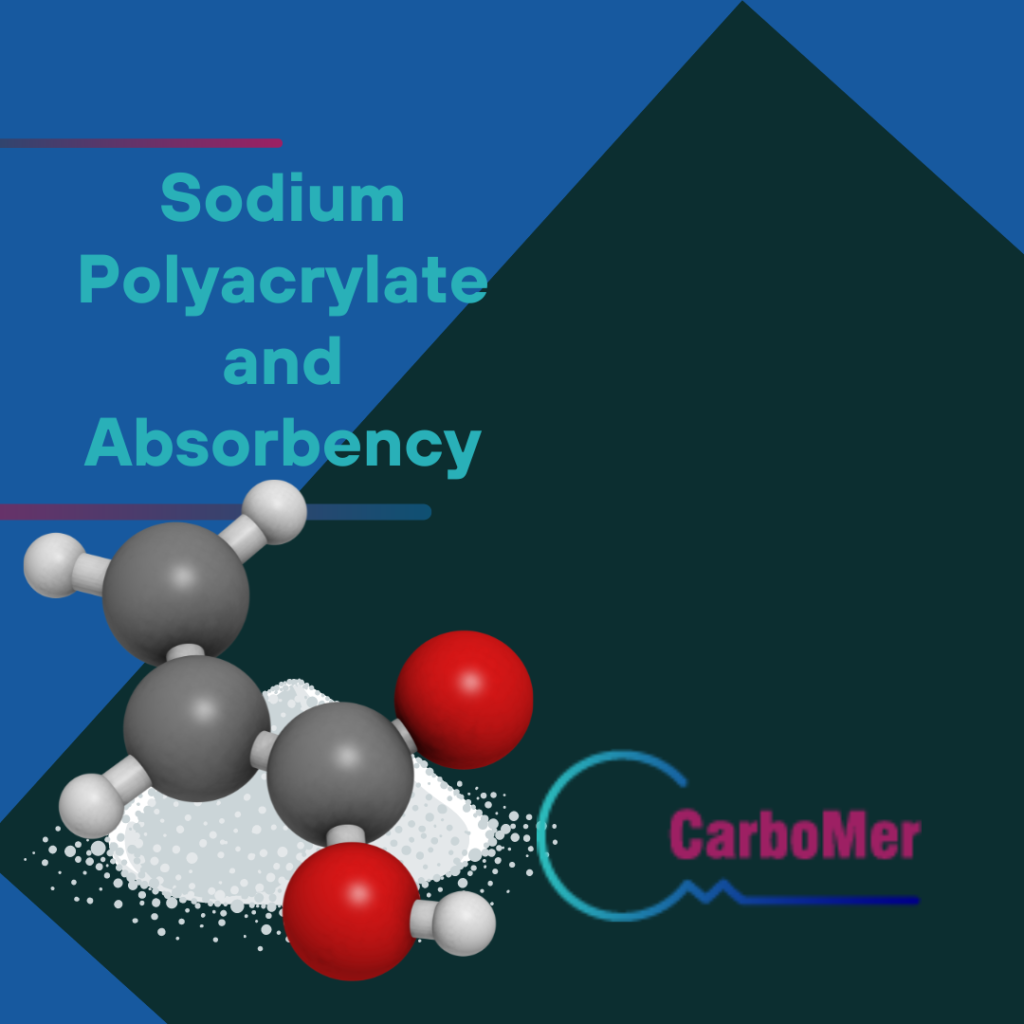
Sodium Polyacrylate and Absorbency
Sodium polyacrylate, a derivative of Polyacrylic acid, has garnered attention for its extraordinary ability to absorb. This material swells upon contact with water as the sodium ions dissociate, leading to significant water absorption.
The applications of this superabsorbent material are multifaceted—it helps keep potted plants hydrated, preserves the freshness of cut flowers, and ensures surgical sponges efficiently manage fluids.
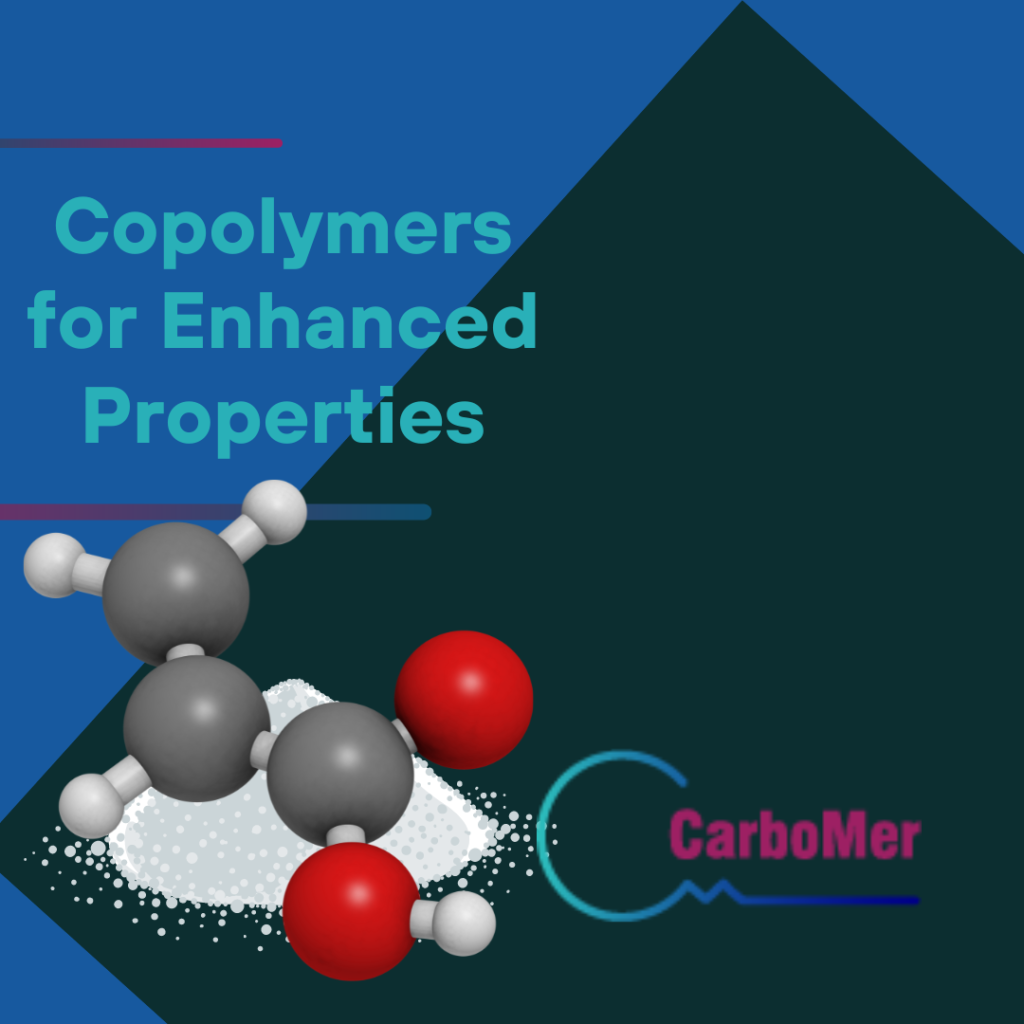
Copolymers for Enhanced Properties
The synthesis of copolymers of Polyacrylic acid with other monomers results in materials with superior characteristics. By combining PAA with other monomers like Methyl methacrylate, copolymers are created that boast increased mechanical stability and heat resistance. Various synthesis methods, such as solution polymerization and inverse emulsion polymerization, influence the final properties of the copolymers, allowing for customization to specific application needs.
The interactions between these copolymers and cationic polymers, proteins, or metal ions lead to the formation of films and composites that possess enhanced material characteristics, further extending the utility of PAA in creating advanced materials.

Handling and Availability of Polyacrylic Acid
Polyacrylic acid, while invaluable in its contribution to various fields, requires careful handling and storage to maintain its efficacy and safety. Here are some guidelines to follow:
PAA should be stored in a cool, well-ventilated area, protected from physical damage.
Store PAA only in containers lined with compatible materials such as glass, stainless steel, aluminum, or polyethylene to prevent any adverse reactions.
During transport and storage, it is common practice to add polymerization inhibitors like Monomethyl ether of hydroquinone (MeHQ) to inhibit unwanted polymerization. The effectiveness of these inhibitors depends on the presence of oxygen, so a sufficient headspace containing air should always be maintained above the polymer to ensure the inhibitor’s efficacy. NB Ken: this paragraph applies to the monomer acrylic acid-perhaps it should be dropped
Temperature control is critical. A range of 15 to 25°C is ideal for preventing polymerization or freezing.
When it comes to transport, acrylic acid requires containers that meet stringent regulations to ensure safe and compliant movement. For quantities up to one ton, stainless steel ISO containers are recommended, reflecting the careful measures needed to handle this chemical safely and responsibly. The availability of PAA is dependent on these stringent handling and storage requirements, ensuring that the material reaches users in its best form for further processing and application.
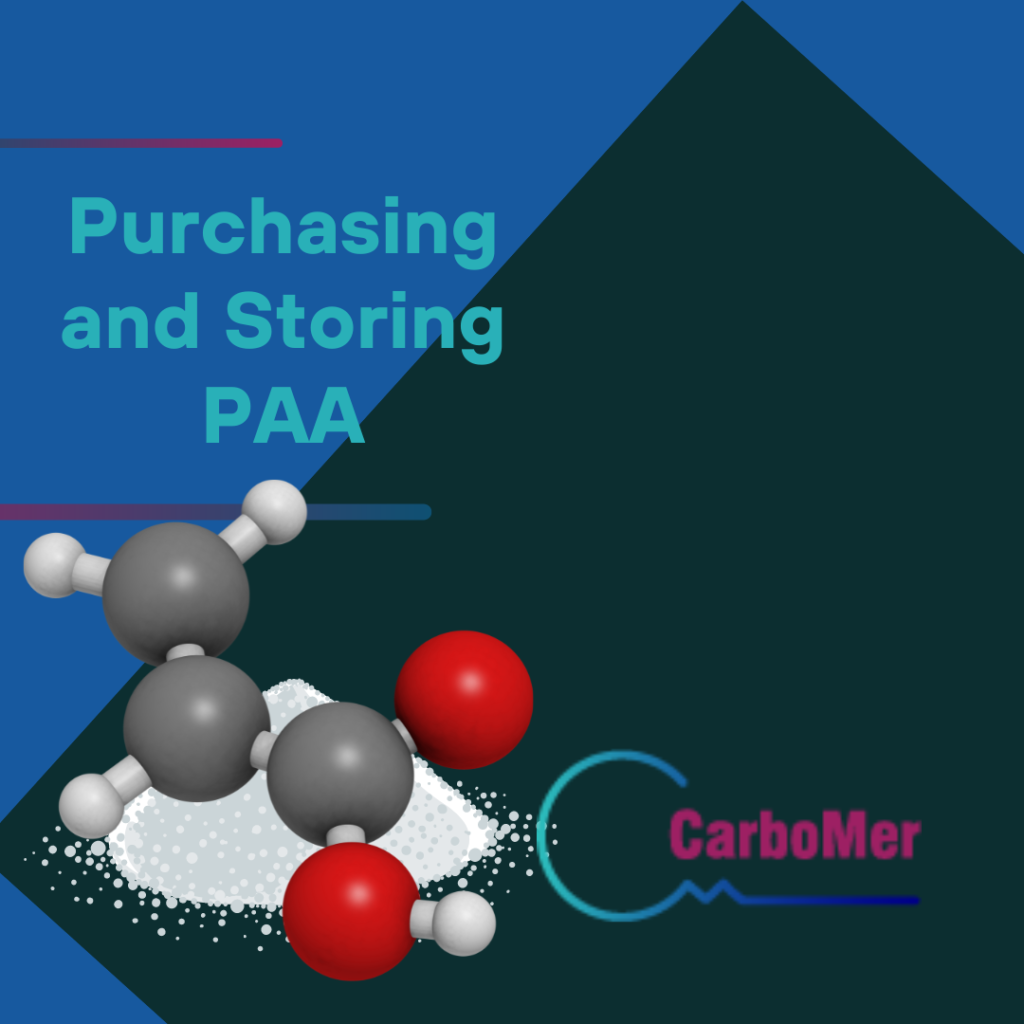
Purchasing and Storing PAA
The acquisition and storage of Polyacrylic acid are pivotal in maintaining its quality and functionality. When purchasing PAA, it is essential to consider the grade of the material, with technical and glacial grades indicating the purity and water content of the product. Proper storage conditions, such as maintaining a temperature range of 15-25°C and handling according to supplier recommendations, ensure the stability of PAA preparations containing polymerization inhibitors.
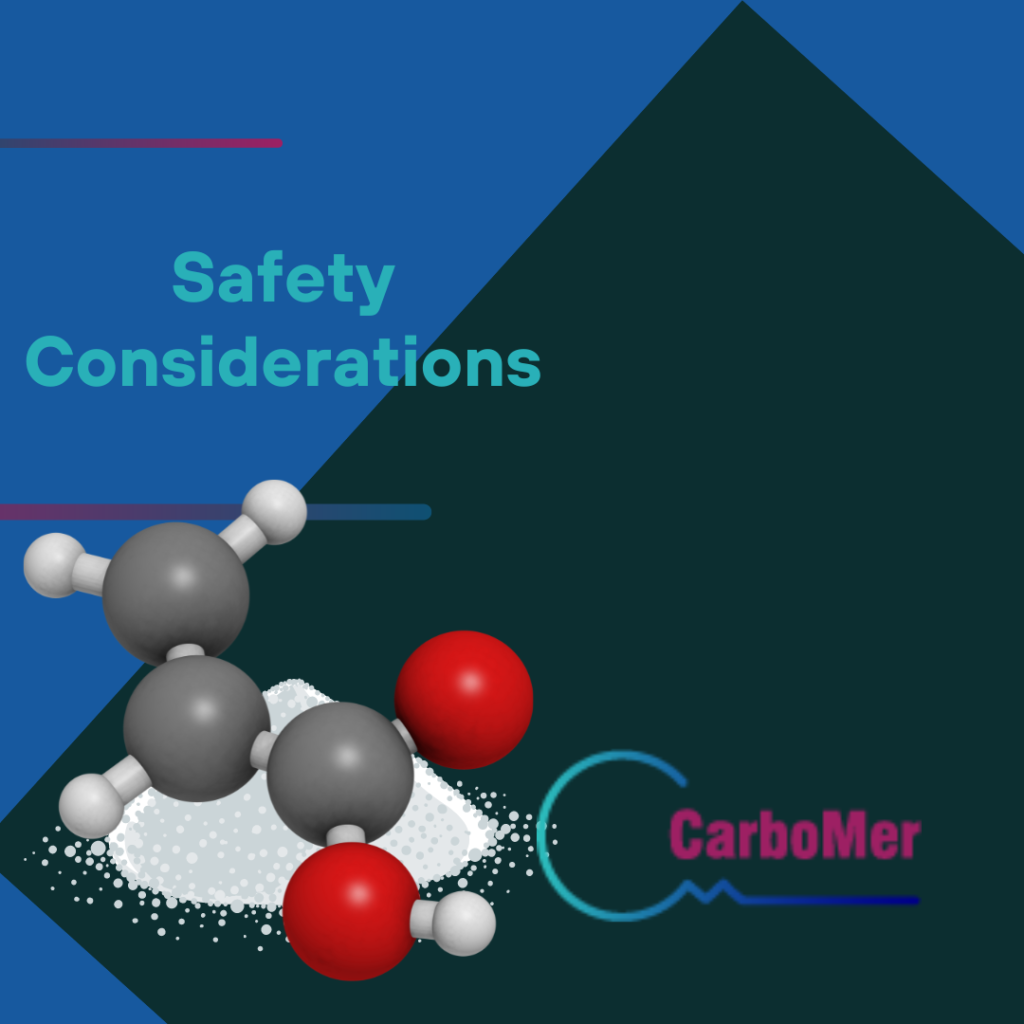
Safety Considerations
Safety is paramount when handling acrylic acid and its polymers. Here are some important safety precautions to follow:
Acrylic acid must never be handled in an inert atmosphere and should always be in well-ventilated areas to prevent the build-up of concentrated vapors.
In case of skin contact, the affected area should be washed thoroughly, and contaminated clothing should be removed under an emergency shower until all odor has disappeared.
Eye protection, face shields, neoprene gloves, rubber boots, and, in some cases, a full chemical suit with a self-contained breathing apparatus, are essential personal protective equipment for workers exposed to acrylic acid.
Spillage should be managed carefully, with small spills absorbed using sand or clay, and larger spills contained and managed with the proper protective equipment and neutralization procedures. Disposal of waste containing Acrylic acid should adhere to state laws and local regulations, and incineration at high temperatures is typically recommended. Safety data sheets for Polyacrylic acid recommend avoiding contact with skin and eyes and provide guidance on what to do in case of accidental exposure or ingestion, underscoring the importance of proper safety measures.

Summary
As we conclude our exploration of Polyacrylic Acid, it’s clear that this polymer’s impact is far-reaching, from the mundane to the cutting-edge. PAA’s versatile nature, from its synthesis to its myriad of applications in industry, consumer goods, drug delivery, biomedical engineering, and beyond, showcases its essential role in modern technology and science. The advanced research and emerging uses of PAA in wound healing, metal quenching, and environmental applications herald a future where its contributions will continue to grow. Through careful handling and storage, PAA will remain a critical component in innovation, offering a blend of versatility, reliability, and potential that few other materials can match. Let us marvel at the ingenuity of PAA and anticipate the further wonders it will bring to our world.

Frequently Asked Questions
What is Polyacrylic acid used for in dentistry?
Polyacrylic acid is used in dentistry as a cavity conditioner with a 20% concentration to clean and condition the dentin before placing bonding material, making it a commonly used dental ingredient already.
What color is Polyacrylic acid?
Polyacrylic acid is colorless.
Is Polyacrylic acid safe?
Yes, Polyacrylic acid is safe as it is non-toxic, biocompatible, and biodegradable.
Does Polyacrylic acid dissolve in water?
Yes, Polyacrylic acid does dissolve in water, as well as alkali water, alcohols, Formamide, and Dimethylformamide (1,4-Dioxane and 0.2 M aqueous HCl were reported as theta solvents). This makes it a water-soluble compound suitable for various applications.
What is Polyacrylic acid used for in consumer goods?
Polyacrylic acid, especially in the form of its derivative Sodium polyacrylate, is used in consumer goods like disposable diapers and ice packs due to its superabsorbent properties, while also serving as a chelating agent in detergents, enhancing cleaning power.

